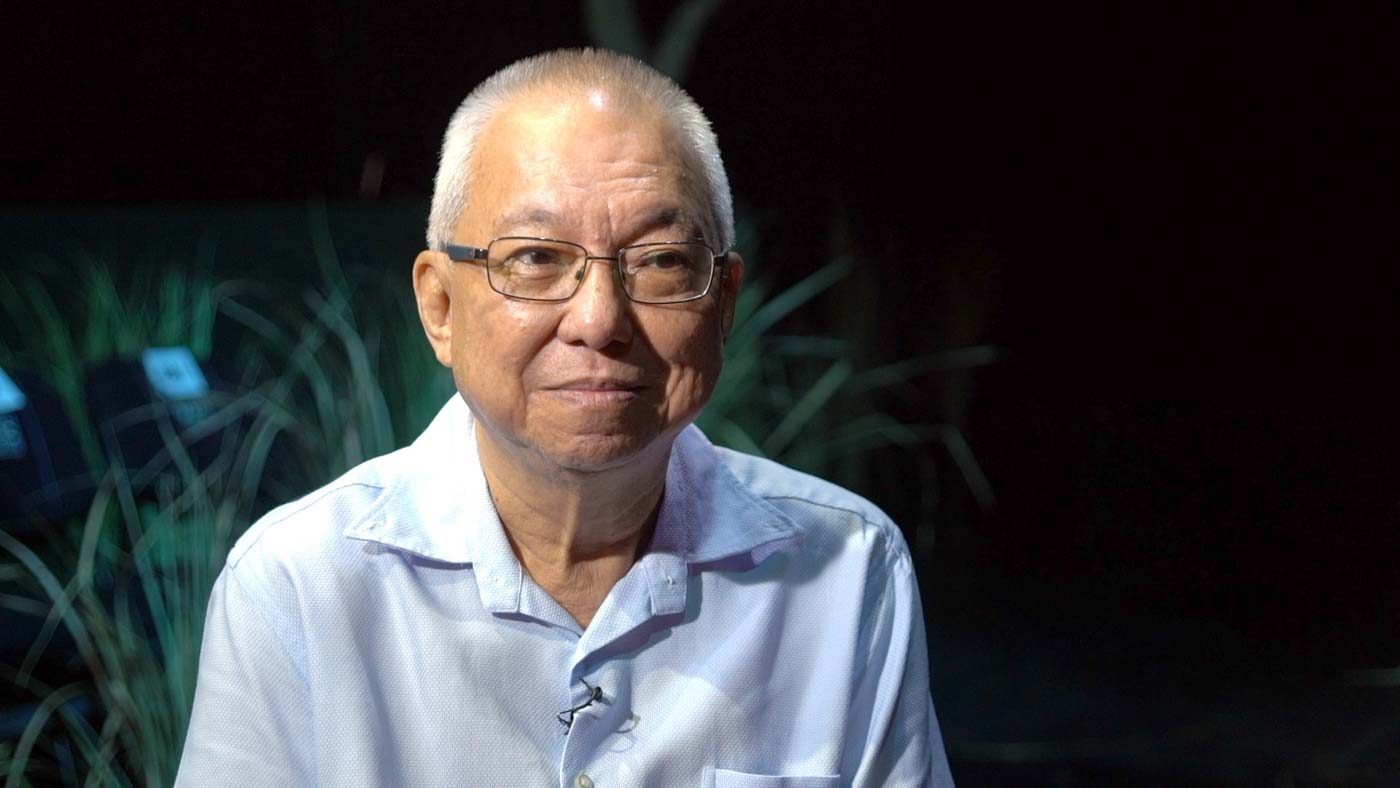SUMMARY
This is AI generated summarization, which may have errors. For context, always refer to the full article.

MANILA, Philippines – When screenwriter Ricky Lee wrote the now-iconic film Himala, it had only been a few years since his release from Fort Bonifacio, where he had been detained for a year.
The young writer was imprisoned for speaking out against the Marcos administration during Martial Law. He was released after a year, and soon after ended up writing the film that would be seared into Philippine cinematic memory, and would make the young Nora Aunor a legend.
Himala, directed by Ishmael Bernal, was released in 1982, when Martial Law was still being enforced.
“I was in prison for one year, so yung sinulat ko nung 1976, na-infuse, na-imbue dun lahat ng karanasan ko ng pagiging aktibista, ng pagkakakulong ng isang taon sa Fort Bonifacio (what I wrote in 1976 imbued my experience of being an activist, of being imprisoned for a year at Fort Bonifacio), the questioning, the struggling against this and that belief and so on and so forth,” he told Rappler in an interview about Himala – the musical stage version of which, Himala: Isang Musikal is currently running at the Powermac Spotlight Theater in Makati. (READ: Rappler Talk Entertainment: Ricky Lee on taking ‘Himala’ from screen to stage)
“Martial Law years nung panahong sinulat ko, and nung panahong inilabas yung Himala in 1982 (Himala was written and released during the Martial Law years),” he said. “Ngayon (now) I think the same conditions exist,” he said.
For Lee, the story of the film remains as relevant as it was when it first came out – perhaps even more so.
Himala tells the story of a girl named Elsa, who, after seeing an apparition of the Virgin Mary, begins to heal the local residents of her small town, Cupang. Her perceived powers create a frenzy among the villagers, and even draws visitors and pilgrims from out of town – turning an ordinary woman into a divine being.
Lee said that the themes of Himala still resonate in a society where people continue to look for a savior, a messiah figure, to save them from trouble.
“Naghahanap pa rin tayo ng konting patak ng ulan sa gitna ng sobrang tagtuyot, to the point na magiilusyon tayo na may pumatak na ulan maski wala, to the point na maniniwala tayo sa mga fake news, to the point na magiging fanatics tayo, to the point na maniniwala tayo na maybe ang makakasolve lang ng problema natin ay isang napaka-drastic na bagay na gaya ng isang strongman, na gaya ni Elsa, na ikaw na magsolve ng problema namin, ikaw na mag-decide for us, susunod nalang kami sayo,” he said.
(We’re still looking for one drop of rain in the middle of the desert, to the point that we imagine raindrops even if there are none, to the point that we believe in fake news, to the point that we become fanatics, to the point that we believe that maybe the solution to our problems is something as drastic as a strongman, or someone like Elsa, that they will solve our problems, that they will decide for us, and we will just follow.)
He stressed that people should take their destiny into their own hands, and not wait for a savior to come fix their problems.
“Hindi natin pwedeng i-asa sa isang gaya ni Elsa, savior or strongman, or messiah, ang ating buhay. Tayo dapat ang gumawa ng ating buhay, kapalaran, ng ating diyos, in a way,” he said.
(We can’t just depend on someone like Elsa, a savior or strongman, or Messiah. We should create our own lives, our own destiny, our own god, in a way.)
Lee said that it’s nice that his work still remains relevant, because the story continues to live on, but he also finds that it’s “sad and depressing” that the issues that are brought to light in Himala still exist.
“How sad and how depressing also that up to now, [there’s] corruption, up to now, fanaticism, up to now, false gods, up to now, fake news – from Elsa’s supposedly paggagamot (healing), to her supposedly pagiging buntis (getting pregnant). So up to now, fake news and misinformation, up to now manipulation of media,” he said.
“Parang halos maraming issues na nandun sa pelikula na hanggang ngayon nandiyan pa rin (There are so many issues in the film that until now are still there),” he added.
He said that he hopes people watch the stage version of Himala, “so eventually we will be able to make this material irrelevant,” he said. – Rappler.com
Add a comment
How does this make you feel?
There are no comments yet. Add your comment to start the conversation.